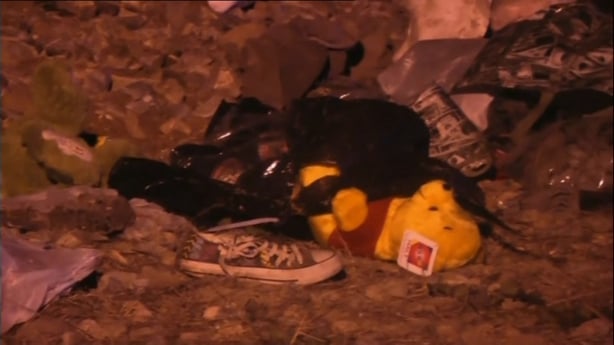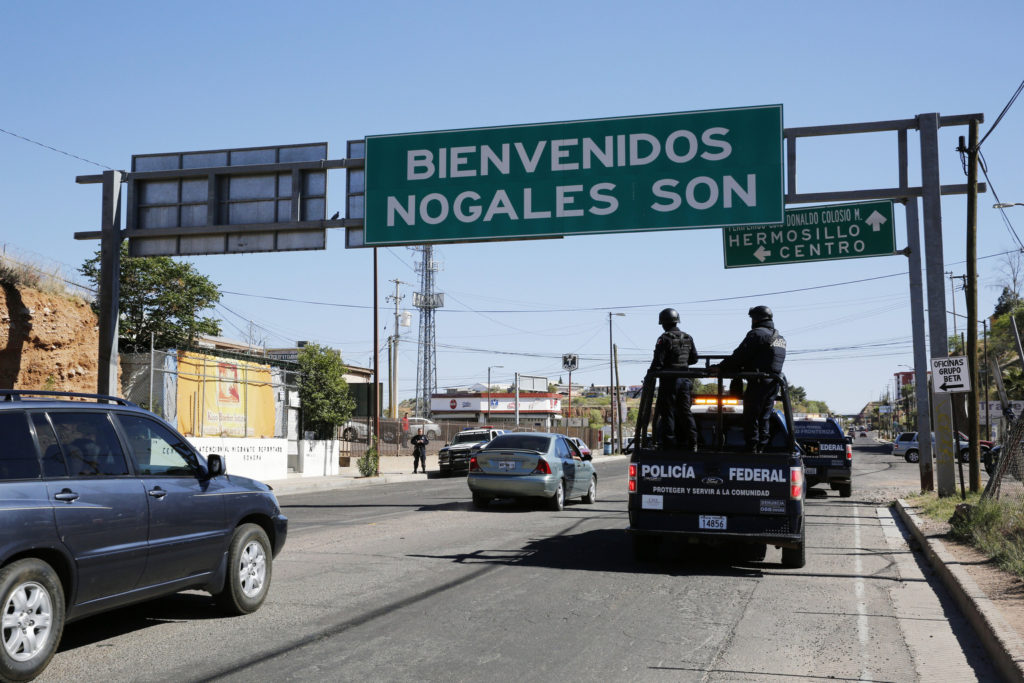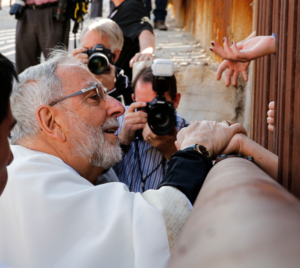Mexican immigration officials are preparing to ramp up inspections of
U.S. citizens and other foreigners entering the country on foot,
requiring those crossing from San Ysidro to show travel documents such
as a U.S. passport or passport card.
The head of Mexico’s National
Migration Institute in Baja California, Rodulfo Figueroa, said that the
new push will begin by September with the expected opening of a new
building housing Mexican immigration and customs inspections stations at
the Tijuana pedestrian entry.
Figueroa said that the measures
will be enforced gradually, and inspectors will be sensitive to the flow
of people entering the country.
“We will do everything we can to
make the transition as seamless as possible,” Figueroa said. “People
should not be panicking about this. We’re not going to create a
four-hour southbound wait.”
The measures should not be that much
of a burden on most U.S. citizens, as they are already expected to show
passports or other valid travel documents when re-entering the United
States.
Previous efforts by Mexico’s federal government to enforce
immigration inspections in Baja California have met with stiff
resistance from business leaders and tourism authorities fearful that
the passport requirement would discourage visitors to the state.
Particularly touchy was a requirement that those visitors planning to
remain in Mexico for more than seven days pay a 330-peso fee, about $21.
Last November, a pilot inspection program
aimed at pedestrians crossing into Mexico at Otay Mesa was canceled
after Baja California Gov. Francisco Vega de Lamadrid took up the issue
with Mexico’s immigration commissioner.
Figueroa said the new plan
has the full support of his higher-ups. Immigration inspectors
currently inspect documents of all southbound bus riders entering
Tijuana from San Ysidro through the El Chaparral port of entry, and have
been conducting some inspections on pedestrian crossers at the
discretion of immigration inspectors, he said.
With the opening of
new building, authorities plan to create two lanes for pedestrians
entering Mexico, one for Mexican citizens and the other for foreigners.
“If we don’t have enough agents to review everyone, we’ll review
everyone we can,” Figueroa said. “Our intention is not to create
congestion at the border. Our intention is to try different strategies
to process as many people as we can within a reasonable time frame.”
Similar
inspections for those driving across into Mexico are also contemplated,
but these “are way, way into the future,” Figueroa said.
Mexico bus-train collision kills 16
 Saturday 14 February 2015 10.58
Saturday 14 February 2015 10.58

At least 16 people were killed and 30 were
injured when a freight train slammed into a packed passenger bus in
northeastern Mexico last night, authorities said, warning the death toll
could rise.
The collision happened when the bus was attempting to cross rail tracks in the city of Anahuac, Nuevo Leon, state civil protection chief Jorge Camacho told AFP.
The accident occurred just after 5pm (11pm Irish time) at Camarones station, near the border with the United States.
Two children were among the 16 dead, said Mayor Desiderio Urteaga, although other local officials warned that the final toll could be nearer to at least 20 because some passengers were trapped after the crash.

Images broadcast by local media showed the bus smashed open and split in half by the force of the train.
Nine women and five men were identified among the dead, in addition to the two children, Mr Camacho said.
Of the 30 people injured, 22 were taken to hospitals in the nearby border town of Nuevo Laredo, around 60km away.
The bus, which normally transports around 40 people, was traveling with 60 passengers, as it made its way from Nuevo Laredo to the northern city of Nueva Rosita.
Mr Camacho said an investigation was under way to determine whether the bus driver was trying to beat the train when the vehicle was struck.
But prosecutors would determine the cause of the accident who was responsible, he added.
There was no fog or rain in the area at the time, he said.
Prosecutors were already at the scene.
The collision happened when the bus was attempting to cross rail tracks in the city of Anahuac, Nuevo Leon, state civil protection chief Jorge Camacho told AFP.
The accident occurred just after 5pm (11pm Irish time) at Camarones station, near the border with the United States.
Two children were among the 16 dead, said Mayor Desiderio Urteaga, although other local officials warned that the final toll could be nearer to at least 20 because some passengers were trapped after the crash.

Images broadcast by local media showed the bus smashed open and split in half by the force of the train.
Nine women and five men were identified among the dead, in addition to the two children, Mr Camacho said.
Of the 30 people injured, 22 were taken to hospitals in the nearby border town of Nuevo Laredo, around 60km away.
The bus, which normally transports around 40 people, was traveling with 60 passengers, as it made its way from Nuevo Laredo to the northern city of Nueva Rosita.
Mr Camacho said an investigation was under way to determine whether the bus driver was trying to beat the train when the vehicle was struck.
But prosecutors would determine the cause of the accident who was responsible, he added.
There was no fog or rain in the area at the time, he said.
Prosecutors were already at the scene.






